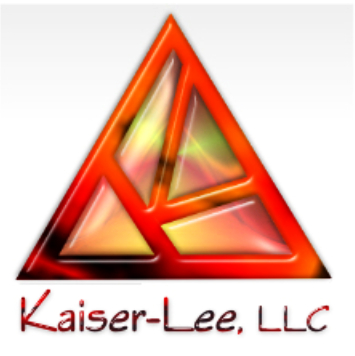Another great season at BIG Arts comes to an end. Big thanks to all of you who attended this year. We hope you will have a beautiful summer. It is a joy working with you and seeing all these beautiful and different glass art pieces coming to life. Between now and October we will offer some classes here at our FUSE IT studio in Cape Coral, FL where you can sign up for individual days. They go from 10 AM to 1 PM. But if your project takes longer to finish, you will be given more time.
Yes, your project, your theme!
This means you can come with an idea, or you can choose one out of my books, articles, website, or from samples you see here at the studio. Want to make your own molds with KLB, no problem, I will find the time to help you with that, too. With only 4 people in a class you all will get a lot of instructions and support. Should you choose a project that requires cold working you will have the opportunity to purchase an individual cold working session which does include firepolishing. Since BIG Arts campus is being rebuilt we will Resume classes at the BIG Arts office building on Periwinkle Way in October, 2019.




















